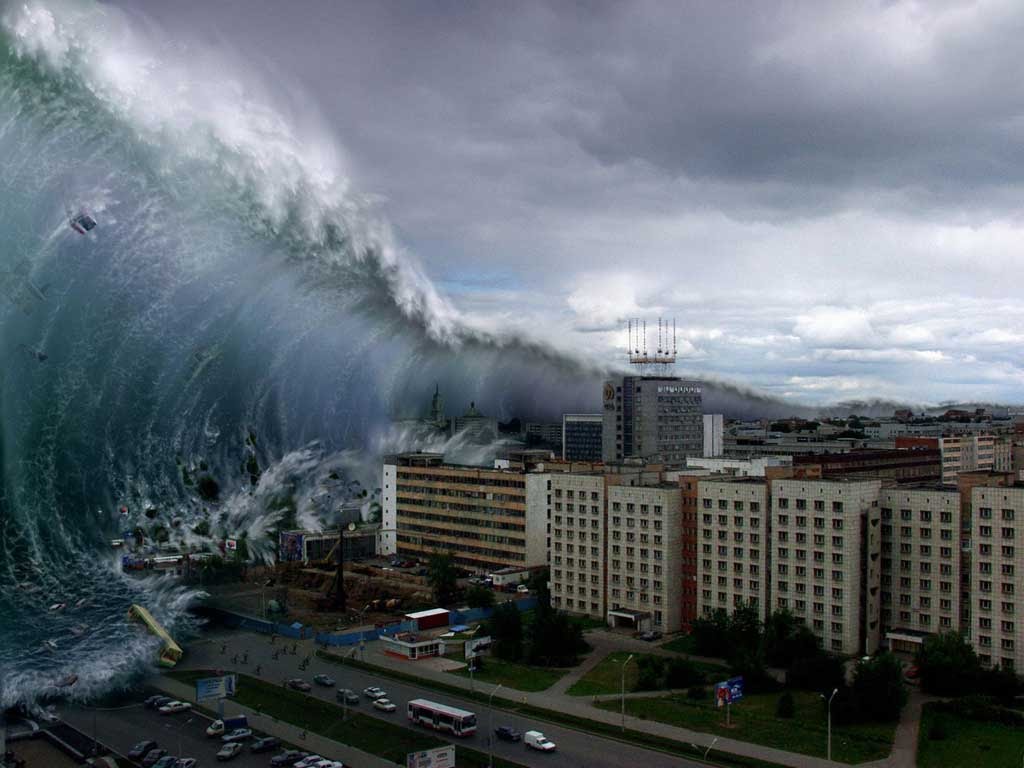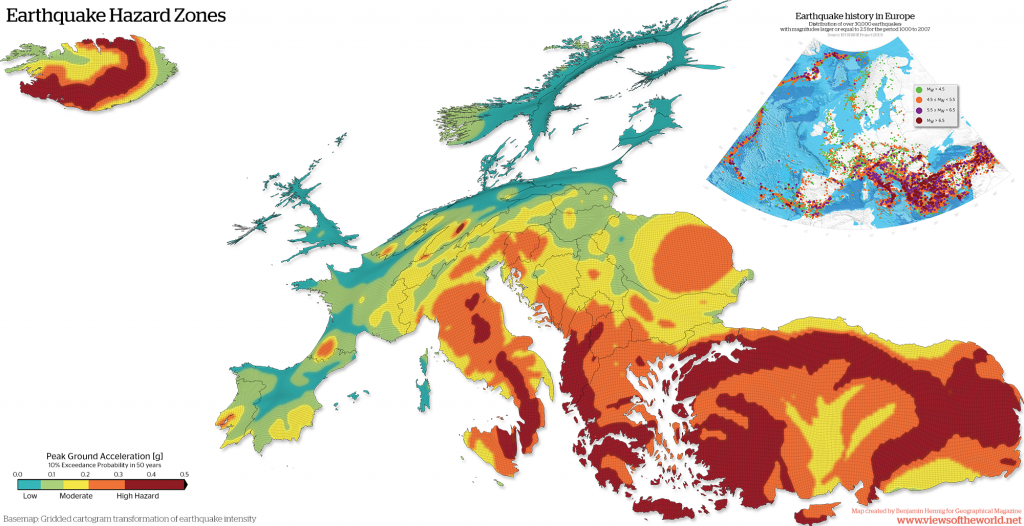Ever wondered why Europe seems to be the “safe” part of the world when it comes to mega natural disasters like tsunamis and typhoons? You know, those catastrophic storms that wreak havoc in places like Japan, the Philippines, or the Gulf Coast of the US? It’s a good question, and it boils down to a mix of geography, climate, and Mother Nature’s design. But beyond the science, the absence of these disasters has had a huge impact on Europe’s population, economy, and even the way cities are built. Let’s dive into why Europe dodges these big natural disasters and how that affects its people and prosperity.
Tsunamis and Typhoons: The Basics
First, a quick refresher. Tsunamis are massive ocean waves triggered by undersea earthquakes, volcanic eruptions, or landslides. They mostly happen in places with tectonic activity (think the “Ring of Fire” around the Pacific Ocean). On the other hand, typhoons (or hurricanes, depending on where you are in the world) are intense storms that form over warm tropical seas, sucking up heat and moisture to become destructive weather systems.
Now, here’s the thing: Europe doesn’t really have the geography or the climate for these types of events. And that’s actually a huge advantage.
The Geographical Luck of Europe
Let’s start with tectonics. A lot of the world’s tsunamis happen because of subduction zones—where one tectonic plate slides under another, creating huge underwater earthquakes. The Pacific Ocean is packed with these zones, which is why the US West Coast, Japan, Indonesia, and the Pacific Islands often experience tsunamis. Europe, however, sits in a relatively calm part of the world when it comes to these massive seismic shifts.
Yes, there are some fault lines and earthquakes in Europe, especially in places like Greece, Italy, and Turkey, but they are far less intense and less frequent than what you find along the Pacific’s Ring of Fire. The Mediterranean Sea does experience occasional small tsunamis, but nothing on the scale of those seen in the Pacific or Indian Oceans.

As for typhoons, Europe is simply too far north to be a breeding ground for these storms. Typhoons need warm tropical waters to form, and the Mediterranean and Atlantic coasts of Europe just don’t have the warmth required to fuel these massive systems. While Europe does get storms from the Atlantic, they’re not nearly as intense or dangerous as the typhoons that batter Southeast Asia and the Pacific Islands.
The Economic Impact: Why Europe Thrives
So, what’s the big deal? Why does it matter that Europe doesn’t get hit by these extreme natural disasters? Well, it’s all about stability. Countries in Europe—especially along the coastlines—don’t have to spend nearly as much on disaster preparedness or rebuilding after massive storms. Let’s break that down:
- Coastal Cities Are Booming: Think about cities like Barcelona, Rome, or Lisbon—places where the ocean has played a major role in trade, tourism, and culture for centuries. The absence of frequent, devastating tsunamis or typhoons means these cities have been able to develop and flourish without the constant threat of being wiped out by a disaster. Their coastal populations can grow without worrying about the next big storm.
- Tourism and Trade: The Mediterranean and Atlantic coasts are some of the world’s most popular tourist destinations, attracting millions each year. Without the risk of regular natural disasters, Europe can maintain and grow this vital industry. Compare that to countries in typhoon-prone areas like the Philippines, where tourism can take a hit after a storm or a tsunami.
- Long-Term Investments: Think of it this way: when cities and regions are free from the threat of large-scale tsunamis and typhoons, they can make long-term investments in infrastructure. Roads, bridges, airports, and ports can be built with fewer worries about having to rebuild them after a disaster. This creates a more stable economy, which is attractive to both businesses and tourists alike.
Population Distribution: Why We See Dense Coastal Cities
The lack of natural disaster risk has influenced where people choose to live in Europe. Coastal areas in southern and western Europe are densely populated, with many major cities located right on the coast. If you lived in a typhoon-prone region, would you want to build your dream home right on the coast? Probably not. But in Europe, with far fewer concerns about tsunamis and typhoons, people have flocked to the coast, knowing that the risk is minimal. This has led to the development of some of Europe’s most iconic cities and regions, like the French Riviera, Spain’s Costa Brava, and Italy’s Amalfi Coast.
The Flip Side: Not Completely Safe
Of course, Europe is not immune to natural disasters. Earthquakes, floods, and wildfires do happen, and they can cause significant damage. But the point is that the absence of tsunamis and typhoons means that Europe’s coastal cities are often more resilient and have more stable growth. Mother Nature seems to have been kind to Europe when it comes to these specific threats, and that’s something many parts of the world envy.

Conclusion: Europe’s Lucky Break
In the grand scheme of things, Europe’s avoidance of major tsunamis and typhoons is no accident. It’s a result of its geographic and climatic position, and it has had profound effects on everything from population distribution to economic growth. The ability to build, live, and invest in coastal areas with minimal risk from extreme storms has allowed European nations to flourish in ways that other parts of the world, with frequent typhoons or tsunamis, can’t quite match.
In a world where natural disasters can change lives in an instant, Europe’s relative “safety” has played a key role in its prosperity and development. Who knew that avoiding a tsunami could be such a big advantage?














